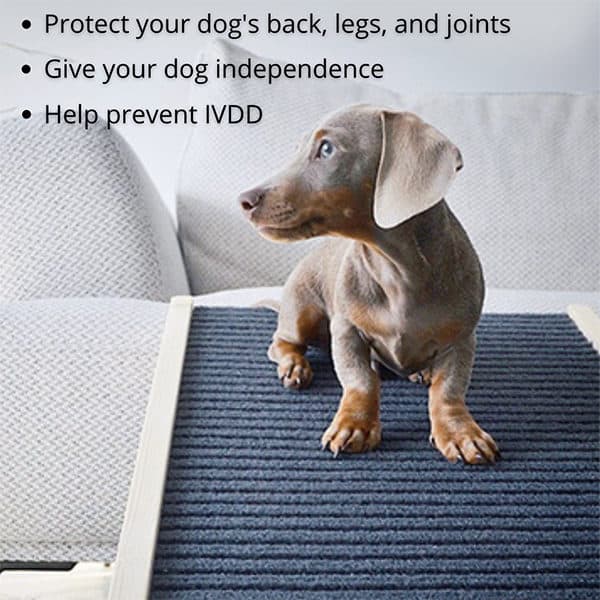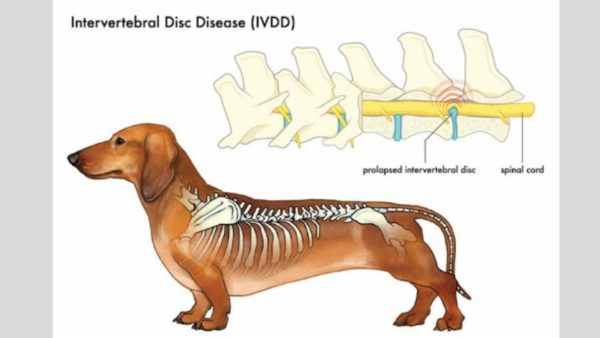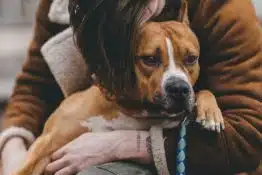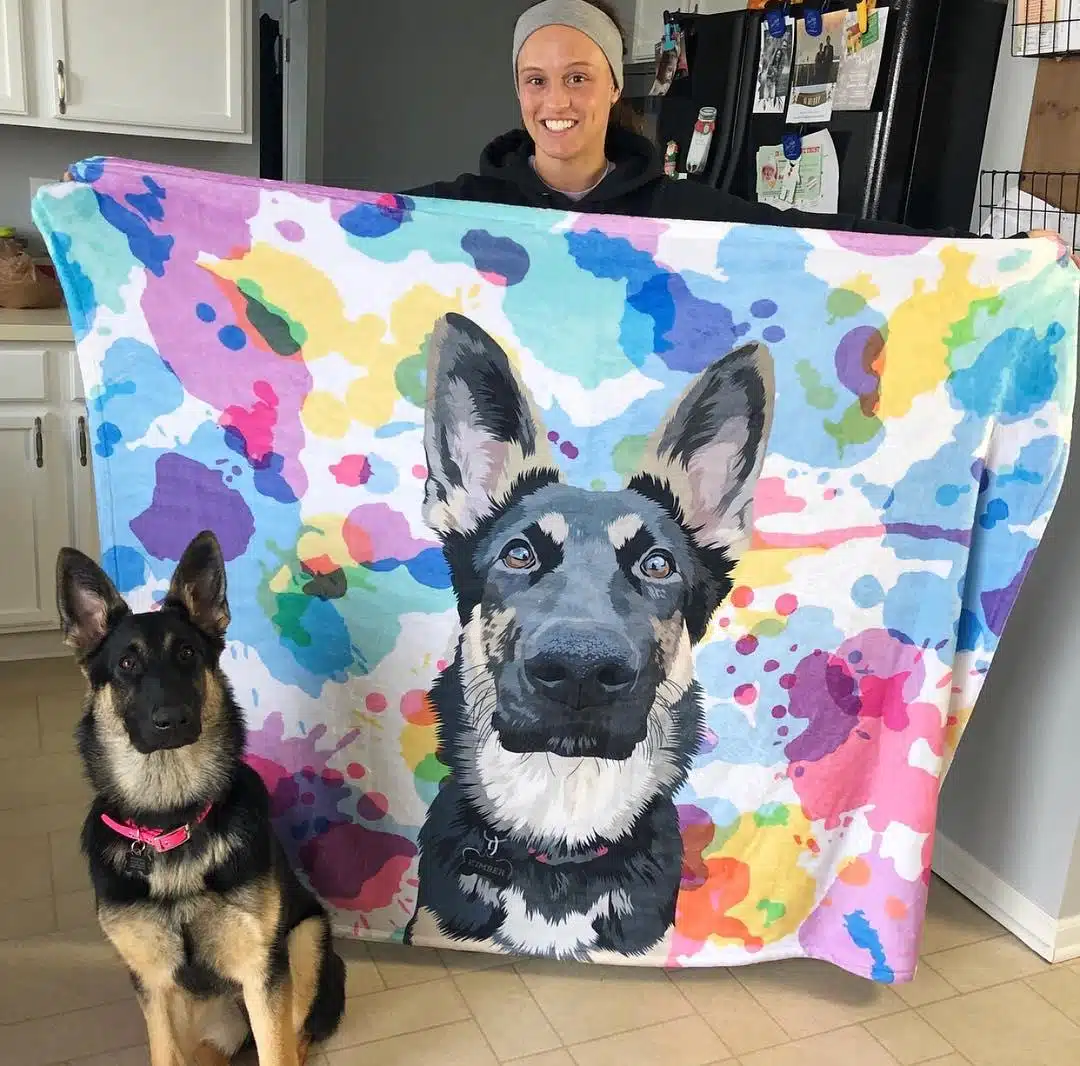Simple Tips Make A World of Difference
We’ve already talked about the risk of IVDD in Dachshunds and what that looks like in a recent blog post, but how do you actually go about preventing IVDD in Dachshunds? It starts by understanding their life stages and their growth trend.
Watch Dr. Ross’s Review on Dog Ramps
What’s IVDD?
For new Dachshund owners, here is a quick refresher on IVDD. IVDD (or intervertebral disc disease) is a back-related illness that impacts about one in four Dachshunds. This is because Dachshunds’ elongated bodies come with a special spine; this breed basically has discs between all its vertebrae along its long back that act as cushions.
Watch An IVDD Survivor Story
However, sometimes these cushions begin to deteriorate at an abnormal speed, which means that they can become painfully damaged, leading to lifelong problems and, in worse case scenarios, paralysis.
The Triggers of IVDD
One of the main ways these discs can become injured is when your doxie puts an unnecessary amount of force on them — such as the force that occurs when they’re jumping from a relatively tall height, such as off the bed or off the couch. While this might just be a routine action for another dog breed, for Dachshunds, this can spell trouble, triggering IVDD.
Signs and symptoms of an IVDD include a sudden onset of pain that’s otherwise unexplainable, a lack of movement, odd positioning of your dog’s head or back and poor movement of the back legs.
Once your Dachshund has IVDD, you can expect costly surgeries, months of physical therapy and frustrating experience for both you and your dog.
The One Thing Pet Owners Regret Not Doing Until It’s Too Late
Is your pet safe?
1 in 3 pets will need emergency veterinary treatment each year and it is estimated a pet receives emergency care every 2.5 seconds in the U.S.
The average cost of treating a broken bone in dogs is $2,700. Cancer treatments? Up to $10,000.
It’s why so many pet owners say their biggest regret isn’t the vet bill—it’s not having pet insurance when they needed it most.
Ask yourself: “If an unexpected $5,000 vet bill hit tomorrow, could I afford it?”
If the answer is no, it’s time to get covered.
Take a look at Lemonade. They have a great app that actually works, they have an instant chatbot that is faster and, dare we say it, friendlier than most companies’ “real” customer service and a quick scroll through Reddit will uncover… people are really vibing with this brand.
So go check them out and take a look. It takes less than a minute.
Preventing IVDD
Most IVDD incidences occur when a dog is in their prime, as that’s when they’re most active. This prevention can firstly be done through protecting and strengthening your dog’s back.
Keep them healthy, and at a good weight as Dachshunds are prone to obesity and this can increase the likelihood of IVDD.
As you’d expect, this exercise should not include any of the potentially harmful jumping mentioned above but should be kept too long walks, hiking and similar moderately strenuous activity.
Avoid Using Stairs – Get A Ramp
The second way to prevent the onset of IVDD to keep your sausage dog from doing unnecessarily strenuous activity. Don’t worry, though! This doesn’t mean you have to give up cuddling on the couch with your doxie forever. Instead, there are some really simple solutions — primarily, dog ramps.
Once you’ve got your dog ramp installed, one last thing you can do to prevent IVDD injuries is to train your Dachshund to avoid stairs.
Since training your doxie a new skill or behavior can take a while, you can also use baby gates or a similar stopper to block off stairways. While the jumps are a little less than bounding from the couch or the bed, stairs can still potentially rub your dog’s vertebrae the wrong way. No matter how frustrating it may seem, preventing IVDD in Dachshund is a must.

If your dog has already experienced IVDD, then you know the importance of protecting your dog’s back health. As you balance between strengthening your sausage dog’s back, but also protecting its delicate condition, these tips and tools can help ensure you do not have a second IVDD experience.
Photo credit: Safari Vet
80% of Dogs Develop Arthritis or Joint Pain by 7 Years old – Here’s How to Protect Them
Most of us train our dogs when they are puppies to jump up on furniture. We think it’s harmless (and easier than always lifting them), but for dogs, couches and beds are very high compared to the size of their bodies.
Every time they jump it compresses their back and applies enormous force to their joints.
It’s no wonder that an incredible 80% of dogs experience arthritis or joint pain by only 7 years old.
Luckily, there is a vet-recommended solution.
It’s the PawRamp by Alpha Paw. An adjustable ramp that allows dogs to safely get on and off couches and beds. PawRamp makes joining you in bed or on the couch effortless and fun.
As a bonus, you can use code SAVE35 to get $35 off the PawRamp today.










